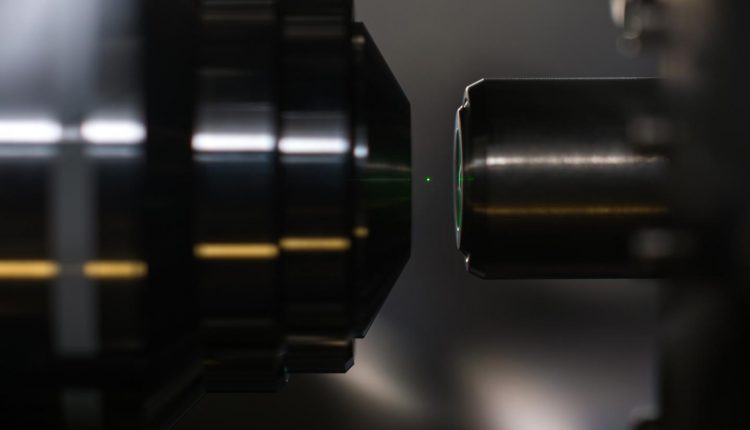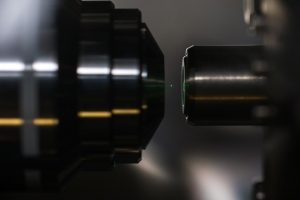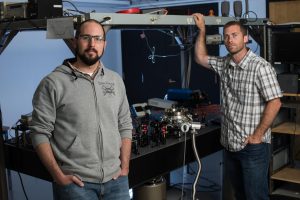
For the first time ever, researchers were able to levitate individual nanodiamonds in a vacuum— an achievement that can pave the way for sensitive instruments capable of detecting tiny forces and torques, as well as lead to the development of large-scale quantum systems called macroscopic Schrödinger Cat states.
This isn’t the first time nanoparticles have been trapped inside of a vacuum, but it is the first time they’ve been optically active inside.
Researchers from the University of Rochester are using their achievement to get closer to creating a hybrid quantum system that combines the mechanical motion of a nanodiamond with the internal spin of the nitrogen vacancies within it, as well as its optical properties.

Previously, the researchers had shown that nanodiamonds could be levitated in air using a trapping laser. Their improvements show that this can be done in vacuum, which, according to the team, is “a critical advance over previous nanodiamond optical tweezer experiments performed in liquids or at atmospheric pressure.”
Nanodiamonds trapped at atmospheric pressure are continuously agitated by collisions with the air molecules around them, but trapping the diamonds in a vacuum removes the effect of all these air molecules. “This allows us to exert mechanical control over them,” said Levi Neukirch, Ph.D. student at the University of Rochester. “They turn into little harmonic oscillators.”
“We can measure the position of the diamond in 3D and we create a feedback signal based on the position and velocity of the nanodiamond,” said Neukirch. “This lets us actively damp its motion.”

Eventually, the team would like to be able to cool down the nanodiamonds mechanically into the ground state, but in order to do so, they will have to figure out how to stop the nanodiamonds from vanishing in seconds at lower pressures.
Neukirch believes that levitating nanodiamonds in vacuum could be used to measure “extremely tiny forces or torques.” The nanodiamonds are considered to be the nano-oscillators, and even the smallest force will move them slightly. Neukirch said that the team’s setup “is capable of detecting these small motions.”
For more information and an in-depth look at the team’s research read the journal article in Nature Photonics or view the press release.
